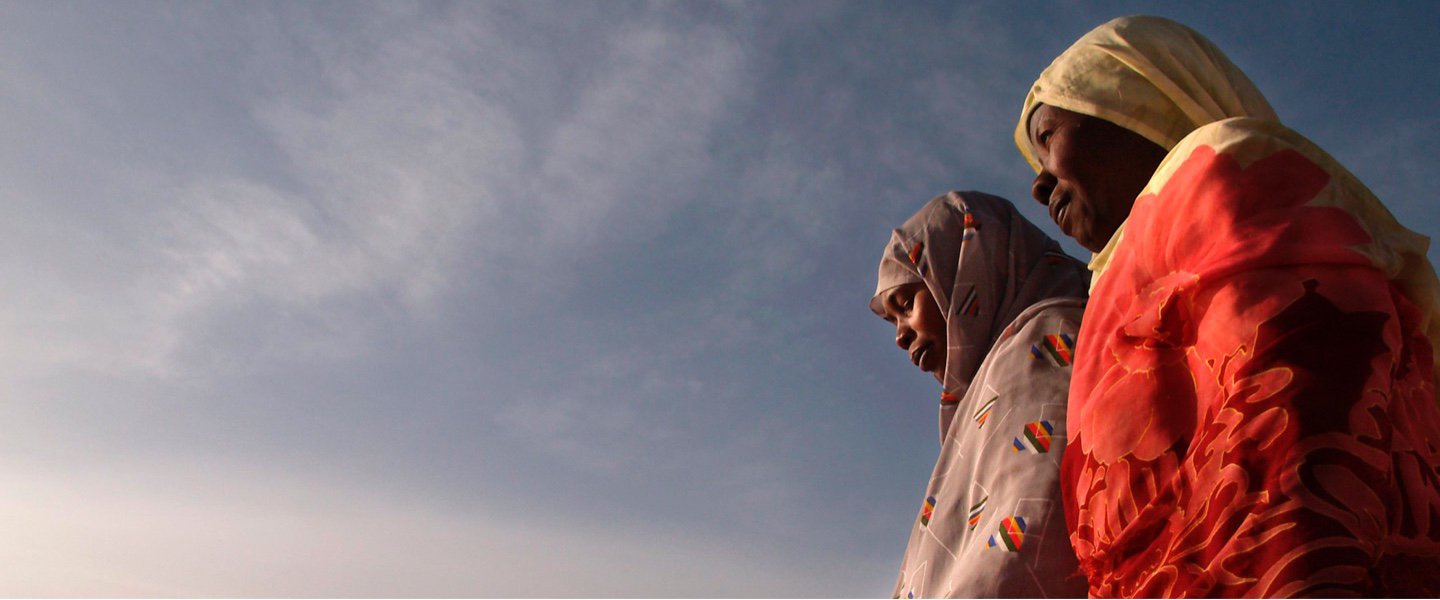- From 2015–18, 939,094 people benefited from a livelihood project, 95% of whom were women. 3,095 infrastructure sub-projects were completed with community participation, benefiting 471,671 people. 98.5% of the community-based decisions were made by women. During the same period, 191,860 pregnant women and mothers participated in child nutrition activities, and 29,893 youths were trained and provided with job opportunities.
- From 2011–18, 34 firms developed economic zones and 43 new sites were identified for economic zones and technology parks. The total private investment was USD 2.9 billion with a pipeline of approximately USD 17 billion. During the same period, 21,000 high-quality jobs were created.
- A skills training program is helping improve the quality of technical and vocational education with skills sought after by employers. From 2010–18, 144,615 graduates have completed programs in 100 polytechnic institutions.
- From 2016–18, 3,500 lecturers were recruited, and 50,000 non-government teachers were accredited, benefiting 1.8 million students, of whom 828,000 were girls.
- One million small-scale farmers, of whom 33% were women, benefited from increased market access in 2018 up from 397,600 in 2015. During the same period, 165,683 farmers adopted new agricultural technologies to increase productivity.
- From 2012–17, 1.5 million people in rural areas were provided with access to improved water sources and 20,475 community water points were constructed or rehabilitated.
- From 2012–17, 3.8 million households in rural areas were provided access to renewable electricity through solar home systems, including 16,000 farmers who benefited from installing more than 815 solar-powered irrigation pumps.
- In 2017, 60% of the sampled beneficiaries confirmed the local administrative bodies (Union Parishads or UPs) performed and met local priorities, up from 40% in 2011. UPs submitting biannual reports on a timely basis was 99.5% in 2017, up from 50% in 2016.
- From 2012–17, 1.5 million people in rural areas were provided with access to improved water sources and 20,475 community water points were constructed or rehabilitated.
From 2014–18, 2.3 million people were provided with improved urban living conditions, of whom 550,000 were women. 75% of the beneficiaries were satisfied with basic urban municipal services. In addition, from 2016–18, 517 kilometers of non-rural roads were rehabilitated.
From 2013–18, 5,220 kilometers of electricity distribution lines were constructed or rehabilitated, 92 distribution substations were constructed or rehabilitated, and 175 kilometers of transmission lines were added. Annual electricity losses decreased from 13% to 11%. The distribution network in the rural parts of Eastern Bangladesh was enhanced with the added capacity of 1,410 MVA in the 33/11 kV network.
- The financial sector became more transparent from 2010–18, with 60% of government payments processed electronically, up from 10%. In 2018, 100 supervision officers from the Bangladesh Bank were trained on risk-based supervision techniques and 254 financial intelligence officers were trained on risk management, safeguards, and commercial practices in procurement.
Key Achievements
Results

INDICATORS
Life expectancy at birth, total (years)
Debt
Results Stories
Projects

News Updates
Related Documents
Key Achievements
- From 2015–18, 939,094 people benefited from a livelihood project, 95% of whom were women. 3,095 infrastructure sub-projects were completed with community participation, benefiting 471,671 people. 98.5% of the community-based decisions were made by women. During the same period, 191,860 pregnant women and mothers participated in child nutrition activities, and 29,893 youths were trained and provided with job opportunities.
- From 2011–18, 34 firms developed economic zones and 43 new sites were identified for economic zones and technology parks. The total private investment was USD 2.9 billion with a pipeline of approximately USD 17 billion. During the same period, 21,000 high-quality jobs were created.
- A skills training program is helping improve the quality of technical and vocational education with skills sought after by employers. From 2010–18, 144,615 graduates have completed programs in 100 polytechnic institutions.
- From 2016–18, 3,500 lecturers were recruited, and 50,000 non-government teachers were accredited, benefiting 1.8 million students, of whom 828,000 were girls.
- One million small-scale farmers, of whom 33% were women, benefited from increased market access in 2018 up from 397,600 in 2015. During the same period, 165,683 farmers adopted new agricultural technologies to increase productivity.
- From 2012–17, 1.5 million people in rural areas were provided with access to improved water sources and 20,475 community water points were constructed or rehabilitated.
- From 2012–17, 3.8 million households in rural areas were provided access to renewable electricity through solar home systems, including 16,000 farmers who benefited from installing more than 815 solar-powered irrigation pumps.
- In 2017, 60% of the sampled beneficiaries confirmed the local administrative bodies (Union Parishads or UPs) performed and met local priorities, up from 40% in 2011. UPs submitting biannual reports on a timely basis was 99.5% in 2017, up from 50% in 2016.
- From 2012–17, 1.5 million people in rural areas were provided with access to improved water sources and 20,475 community water points were constructed or rehabilitated.
From 2014–18, 2.3 million people were provided with improved urban living conditions, of whom 550,000 were women. 75% of the beneficiaries were satisfied with basic urban municipal services. In addition, from 2016–18, 517 kilometers of non-rural roads were rehabilitated.
From 2013–18, 5,220 kilometers of electricity distribution lines were constructed or rehabilitated, 92 distribution substations were constructed or rehabilitated, and 175 kilometers of transmission lines were added. Annual electricity losses decreased from 13% to 11%. The distribution network in the rural parts of Eastern Bangladesh was enhanced with the added capacity of 1,410 MVA in the 33/11 kV network.
- The financial sector became more transparent from 2010–18, with 60% of government payments processed electronically, up from 10%. In 2018, 100 supervision officers from the Bangladesh Bank were trained on risk-based supervision techniques and 254 financial intelligence officers were trained on risk management, safeguards, and commercial practices in procurement.


